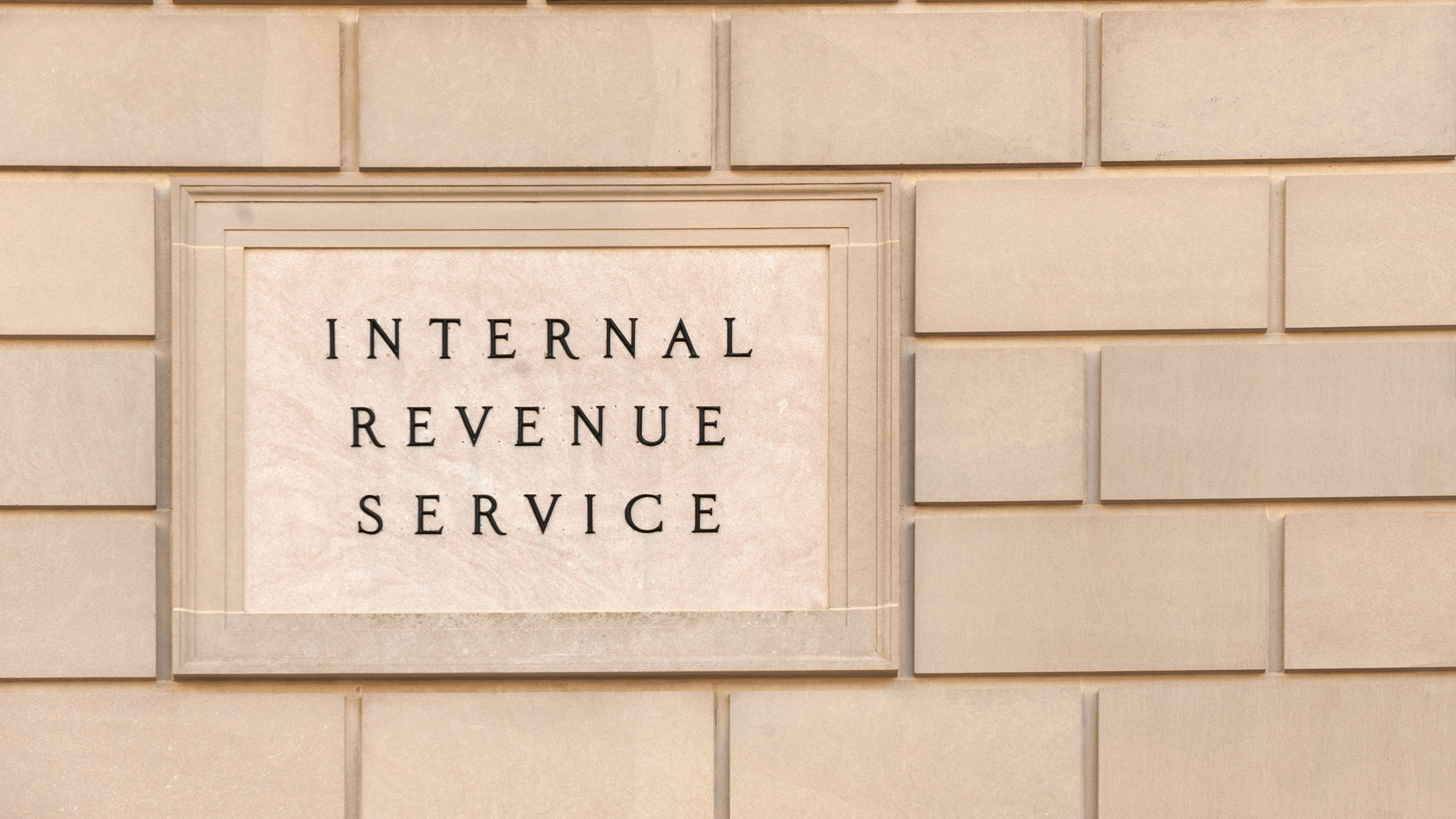Estate Planning? Four Strategies for Leaving Assets to Your Heirs
No family is exactly like another, so here are some considerations to help you decide which distribution strategy best suits your situation, values and goals.


When reviewing your estate plan, how you distribute your assets to your beneficiaries isn’t always a simple decision. In addition to determining how to best divide assets among heirs, you must also think about how and when the beneficiaries can access their inheritance and then ensure that these provisions are outlined clearly in your estate planning documents.
With estate planning, every situation is unique, and what works well for one family might not work for another. While there is no right or wrong way to distribute an estate, there are a few considerations to keep in mind to help determine which strategy aligns best with your circumstances, values and goals.

Strategy #1: Leaving Assets Outright.
The most straightforward option when distributing an estate is to pass wealth to heirs outright, with no restrictions on how they access their inheritance. While this approach is often the simplest, it could have some drawbacks.
For example, for families of significant wealth, estate heirs may be encouraged to live off their inheritance rather than produce their own income. Potential outside risks must also be considered when there are no restrictions on accessing an inheritance, such as an heir getting a divorce.
While some families may be comfortable with this approach, it is generally discouraged when distributing significant wealth to younger family members or those who do not have experience managing large sums of money.

Strategy #2: Distributing Assets in Stages.
Distributing assets to heirs in stages allows them to manage their wealth without putting all their inheritance at risk at once. Families keep wealth in a trust and can choose how they want to distribute it. One example is to pay a percentage of the trust to the beneficiary when they reach a certain age, such as 10% when they turn 30, 20% when they turn 35 and so on.
Another option is to award the beneficiary when they achieve a certain goal, such as reaching an educational milestone.

Strategy #3: Leaving Assets in a Discretionary Lifetime Trust.
A more secure option is to leave assets in a discretionary lifetime trust, which would maintain the assets in a trust for the entire lifetime of the heirs. This approach offers the highest level of protection from outside risks such as divorces, lawsuits and poor money management.
Additionally, leaving assets in a lifetime trust allows a family to create a lasting legacy for future generations. While the beneficiaries must rely on the trustee’s discretion to make distributions, there is the opportunity to include specific instructions for the trustee, such as providing money to make a down payment on a home or to support a business venture.

Strategy #4: Combining Distribution Strategies.
A family may find that a combination of the above scenarios works best for them, where beneficiaries receive a certain amount or percentage of their inheritance upfront and leave the balance in trust in perpetuity. This approach allows heirs full access to a certain amount of money to support their lifestyle while pursuing their own ambitions without being wholly reliant on the trust.
Assessing Your Estate Plan
How you distribute your estate is an intentional process, determined by your personal and family situation.
Carefully considering and documenting which distribution strategy makes the most sense for you and your family is important, as it will have a lasting impact.
--
This article was written by and presents the views of our contributing adviser, not the Kiplinger editorial staff. You can check adviser records with the SEC or with FINRA.
Profit and prosper with the best of Kiplinger's advice on investing, taxes, retirement, personal finance and much more. Delivered daily. Enter your email in the box and click Sign Me Up.

As a Senior Wealth Adviser at The Colony Group, Indrika Arnold provides clients with financial planning services while helping the firm develop and refine Family Office services. She is a financial professional with 15 years of experience. Indrika serves ultra-high net worth individuals and families, and she focuses on all areas of planning. She has a particular interest in helping to prepare the next generation to be responsible stewards of their inherited wealth.
-
 The 'Scrooge' Strategy: How to Turn Your Old Junk Into a Tax Deduction
The 'Scrooge' Strategy: How to Turn Your Old Junk Into a Tax DeductionTax Deductions We break down the IRS rules for non-cash charitable contributions. Plus, here's a handy checklist before you donate to charity this year.
-
 IRS Says You Made a Tax Return Mistake? A New Law Could Help You Fight Back
IRS Says You Made a Tax Return Mistake? A New Law Could Help You Fight BackTax Law Updated taxpayer protections change what the IRS must explain on error notices and how long you have to respond.
-
 What to expect from the global economy in 2026
What to expect from the global economy in 2026The Kiplinger Letter Economic growth across the globe will be highly uneven, with some major economies accelerating while others hit the brakes.
-
 I'm a Tax Attorney: These Are the Year-End Tax Moves You Can't Afford to Miss
I'm a Tax Attorney: These Are the Year-End Tax Moves You Can't Afford to MissDon't miss out on this prime time to maximize contributions to your retirement accounts, do Roth conversions and capture investment gains.
-
 I'm an Investment Adviser: This Is the Tax Diversification Strategy You Need for Your Retirement Income
I'm an Investment Adviser: This Is the Tax Diversification Strategy You Need for Your Retirement IncomeSpreading savings across three "tax buckets" — pretax, Roth and taxable — can help give retirees the flexibility to control when and how much taxes they pay.
-
 Could an Annuity Be Your Retirement Safety Net? 4 Key Considerations
Could an Annuity Be Your Retirement Safety Net? 4 Key ConsiderationsMore people are considering annuities to achieve tax-deferred growth and guaranteed income, but deciding if they are right for you depends on these key factors.
-
 I'm a Financial Pro: Older Taxpayers Really Won't Want to Miss Out on This Hefty (Temporary) Tax Break
I'm a Financial Pro: Older Taxpayers Really Won't Want to Miss Out on This Hefty (Temporary) Tax BreakIf you're age 65 or older, you can claim a "bonus" tax deduction of up to $6,000 through 2028 that can be stacked on top of other deductions.
-
 Meet the World's Unluckiest — Not to Mention Entitled — Porch Pirate
Meet the World's Unluckiest — Not to Mention Entitled — Porch PirateThis teen swiped a booby-trapped package that showered him with glitter, and then he hurt his wrist while fleeing. This is why no lawyer will represent him.
-
 Smart Business: How Community Engagement Can Help Fuel Growth
Smart Business: How Community Engagement Can Help Fuel GrowthAs a financial professional, you can strengthen your brand while making a difference in your community. See how these pros turned community spirit into growth.
-
 In 2026, the Human Touch Will Be the Differentiator for Financial Advisers
In 2026, the Human Touch Will Be the Differentiator for Financial AdvisersAdvisers who leverage innovative technology to streamline tasks and combat a talent shortage can then prioritize the irreplaceable human touch and empathy.
-
 How Financial Advisers Can Deliver a True Family Office Experience
How Financial Advisers Can Deliver a True Family Office ExperienceThe family office model is no longer just for the ultra-wealthy. Advisory firms will need to ensure they have the talent and the tech to serve their clients.
